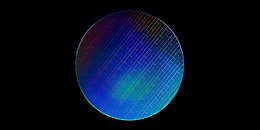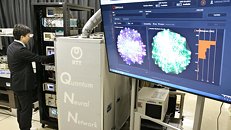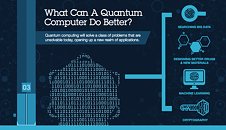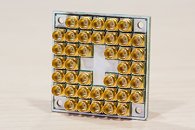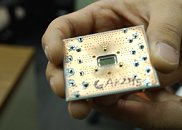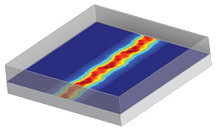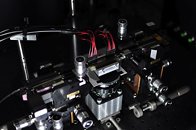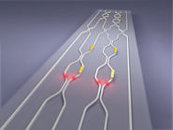
Intel Sees Promise of Silicon Spin Qubits for Quantum Computing
Quantum computing is heralded for its potential to tackle problems that today's conventional computers can't handle. Scientists and industries are looking to quantum computing to speed advancements in areas like chemistry or drug development, financial modeling, and even climate forecasting.
To deliver on quantum computing's potential, Intel initiated a collaborative research program in 2015 with the goal of developing a commercially viable quantum computing system. While there's been significant progress, quantum computing research is still nascent. The industry is at mile one in a marathon, and to realize this new computing paradigm, many problems must be solved and many architectural decisions must be made. For example, it's not yet clear what form quantum processors (or "qubits") will take. That's why Intel is placing two major research bets and investing in them equally.
To deliver on quantum computing's potential, Intel initiated a collaborative research program in 2015 with the goal of developing a commercially viable quantum computing system. While there's been significant progress, quantum computing research is still nascent. The industry is at mile one in a marathon, and to realize this new computing paradigm, many problems must be solved and many architectural decisions must be made. For example, it's not yet clear what form quantum processors (or "qubits") will take. That's why Intel is placing two major research bets and investing in them equally.
